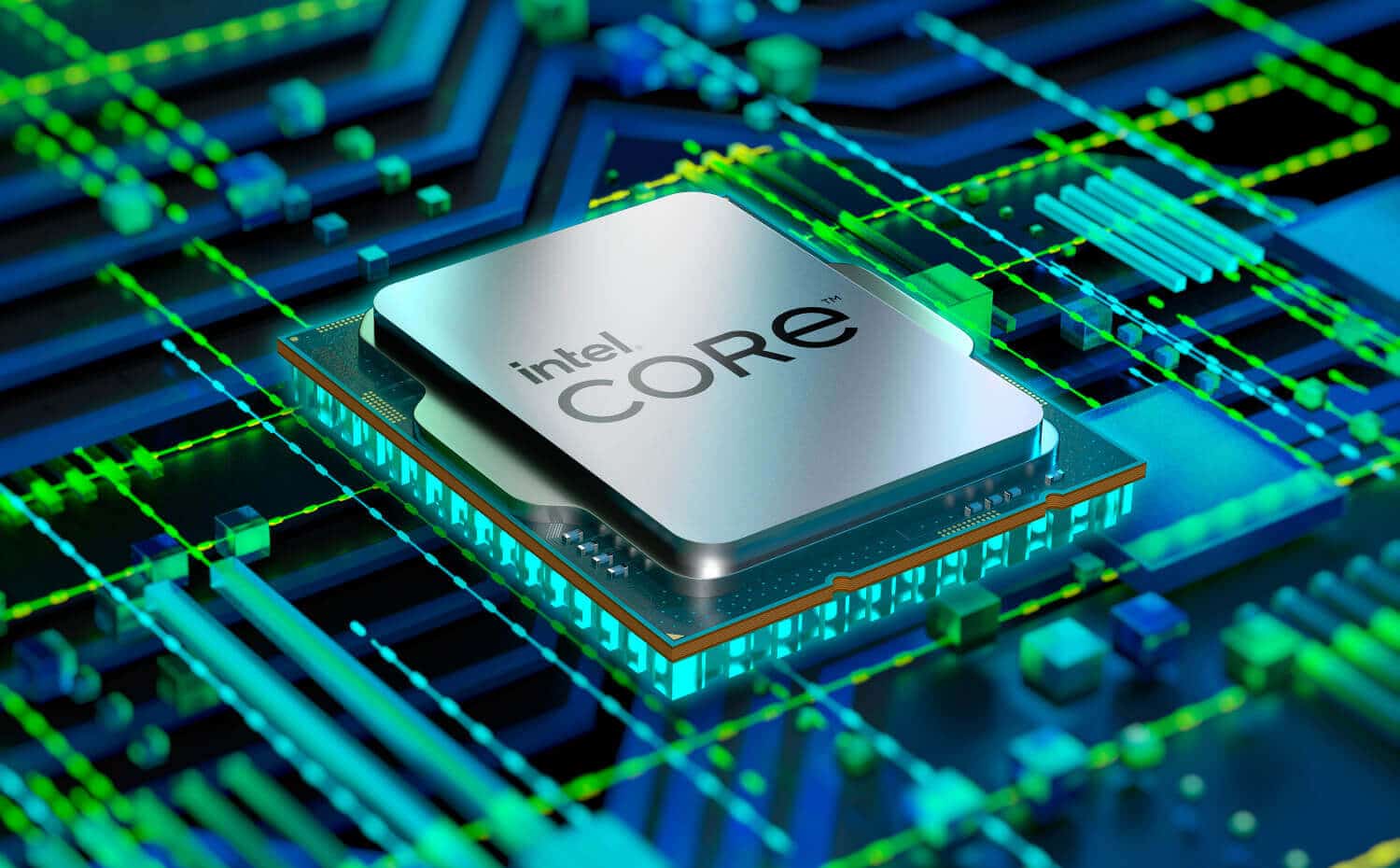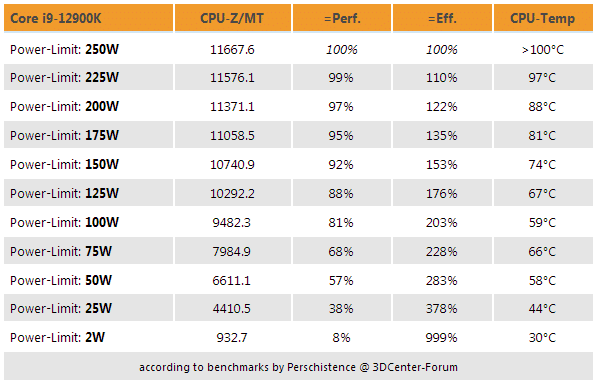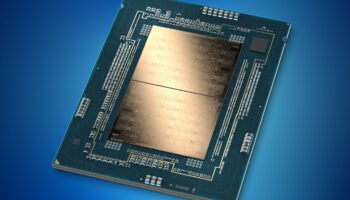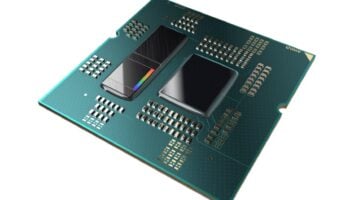Intel’s 12th Gen Alder Lake-S processors bring a lot of new things to the table: a hybrid core architecture, DDR5 memory support, PCIe Gen 5….and much higher power limits. The PL1 (stock) power has essentially been scaled up to boost (PL2) power limits in most workloads by default. While the performance deltas are largely negligible in gaming workloads, multi-threaded workloads like Cinebench, Blender, and other rendering applications do see a notable shift in performance.
In the CPU-Z multi-threaded benchmark, the Core i9-12900K is just 12% slower with the power limited to 50% (125W from 250W). The temperature also drops by 33 degrees which is another major advantage. This will essentially eliminate throttling and other lags if you’re using a midrange cooler. This marks an efficiency boost of 175% over stock settings.
Setting the TDP to 175-200W appears to the sweet, losing just under 5% performance for an efficiency gain of ~30%. At 175W, the Core i9-12900K offers 95% of stock performance while drawing 75W less power, gaining an efficiency advantage of 35%. The temperature also drops by 20 degrees, allowing for prolonged and more consistent boosts.
This kind of behavior is nothing new in modern CPUs. AMD’s Ryzen processors also exhibit similar behavior, losing just 5% performance for 30% lower power. AMD markets its low-power Eco-Mode as a sure-fire way to make sure that even the highest-end Ryzen SKUs perform well in mini-PCs and SFFs with a minimal drop in performance.
Source: Twitter







